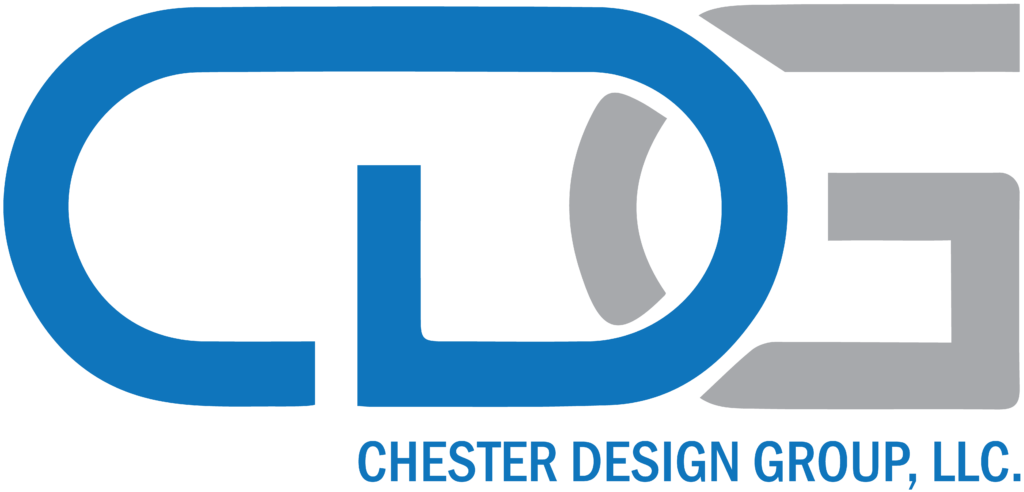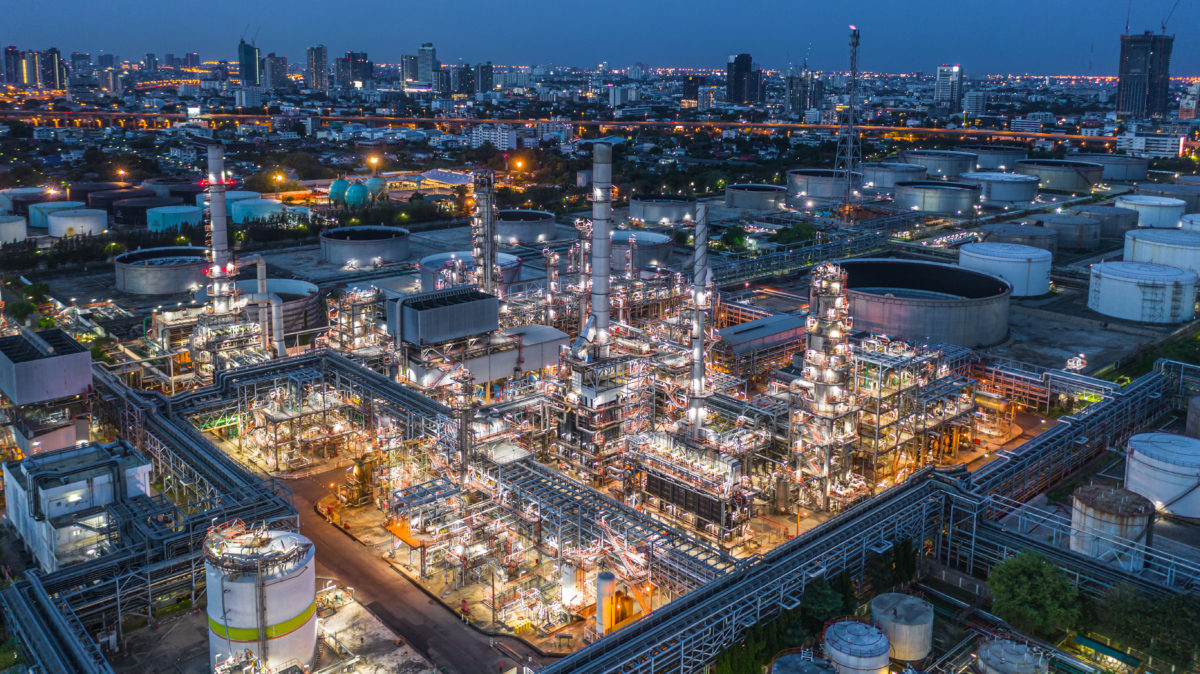Today, in most parts of the world, the pipeline system is affecting our daily lives. Since the 19th-century Pipeline system was the most convenient, efficient mode of transporting liquids like petroleum, petroleum products, natural gas, water, etc. Even in modern-day life structures, the latest pipeline design and concept development help energy sources to play a prevailing role in our life.
However, pipelines have now become the major means to transfer many hydrocarbon-based forms of energy. It is seen that where there is the largest pipeline network, that area experiences the highest living and technological standards.
Importance of Pipeline Design
Our nations are developing, so does pipeline construction, and their uses are also increasing rapidly. The pipeline system supports the transfer of liquids like petroleum, natural gas, water, etc., at larger distances. No matter what terrain it is, above ground or below ground, crossing water bodies like lakes or rivers pipeline is everywhere.
For creating such a long-distance system, the pipeline design is what holds the major importance in Pipeline development. With this, the construction, maintenance, and operation of pipelines also involve several scientific engineering principles. And following these principles during pipeline designing is necessary for successful pipeline development.
Pipeline Design Principles
To determine the material used in the pipeline, the characteristics of the commodity flowing in the pipeline and the surrounding environment play an important role. Also, different steel grades, cost, thickness, welding, and toughness are what pipeline models help in identifying. And to design pipeline models, the following design principles is fundamental:
- The design and detailed engineering of pipelines require the knowledge and application of fluid mechanics (hydraulics), stress analysis, and materials science.
- In the pipeline, the temperature and pressure of the fluid flowing are important parameters that affect the fluid properties as well as the insulation requirements and the wall thickness. All this is what was identified during Pipeline designing.
- The principles of fluid mechanics are important to calculate the friction losses, pressure drop, and pumping requirements. Additionally, a good understanding of it also helps meet and measure flow through the pipelines.
- The subject matter of thermodynamics covers topics related to principles of gas compression, pressure-temperature relationships for gas compression, energy and Power requirements for pumps and compressors.
Codes and Standards Affect In Pipeline Development
Several codes and standards have been developed as guidelines for the design, construction, and operation of pipelines. Although these codes and standards are essential, their main objective is to ensure the safety of the personnel and the general public by decreasing the high-pressure pipeline’s risks.
Pipeline Routing
Pipeline routing is the most essential phase in Pipeline management. It involves the planning of pipeline layout, which includes neatness, economy, and safety considerations. It also considers the effects of vibration, corrosion, and normal service on pipes before deciding where to lay them. In pipeline routing, the shortest route is not always cost-effective. So, the study of Engineering and design of proposed alternative routes must be undertaken to optimize conflicting variables.
After establishing a preliminary routing, the evaluation is done concerning the earlier mentioned factors. And to do this evaluation, the tools and techniques used in the preliminary routing are listed here.
- Environmental impact studies and their findings
- Hydrological data (riverbed depth and flooding).
- Geographical Information Systems (GIS).
- Aerial Reconnaissance and Photographs.
- Detailed Surveying and its results.
- Satellite imaging and data
- Land and soil data.
- Site visits.
Softwares for Pipeline Model
Smart 3D by Hexagon
It is a next-generation, data-centric, and rule-driven solution designed to deliver important requirements related to the project. Smart 3D provides all capabilities needed to design marine, plant, and materials handling facilities and then maintain their 3D “as-built” representations, which offers a competitive edge to EPCs and owner-operators.
PDMS by AVEVA PLANT
Plant Design Management System(PDMS) is one of the known software in the 3D CAD industry. Its customizable and multi-user characteristics make it one of the most demanding piping software in the EPC and Owner sector. It is a multi-user, multi-discipline, engineer-controlled design software package for offshore construction projects.
Auto PLANT by BENTLEY
It is a 3D piping design and modeling application on AutoCAD. The system develops on powerful object-oriented technology, yet it is easy to customize and use. Auto PLANT provides interactive routing for various industries in the petrochemicals, water treatment, refinery, chemical sectors, power generation.
AutoCAD Plant-3D by Autodesk
AutoCAD Plant 3D adds 3D models, including piping, equipment, support structures, generation of isometric, and orthographic drawings. Additionally, integrated AutoCAD P&ID functionality and quick generation of isometrics increase productivity, accuracy, and coordination.
We hope the above-provided information will help you out to get a better understanding of the pipeline design and concept development. Also, help you understand the essential role of the designing of pipeline models in pipeline development.
If you are someone who’s looking for the finest and most accurate Pipeline modeling service, then you come to the right place. Here at Chester Design Group, LLC. you’ll get industrial-grade accuracy in our created pipeline design. For more information or discussion regarding your project feel free to contact us.

